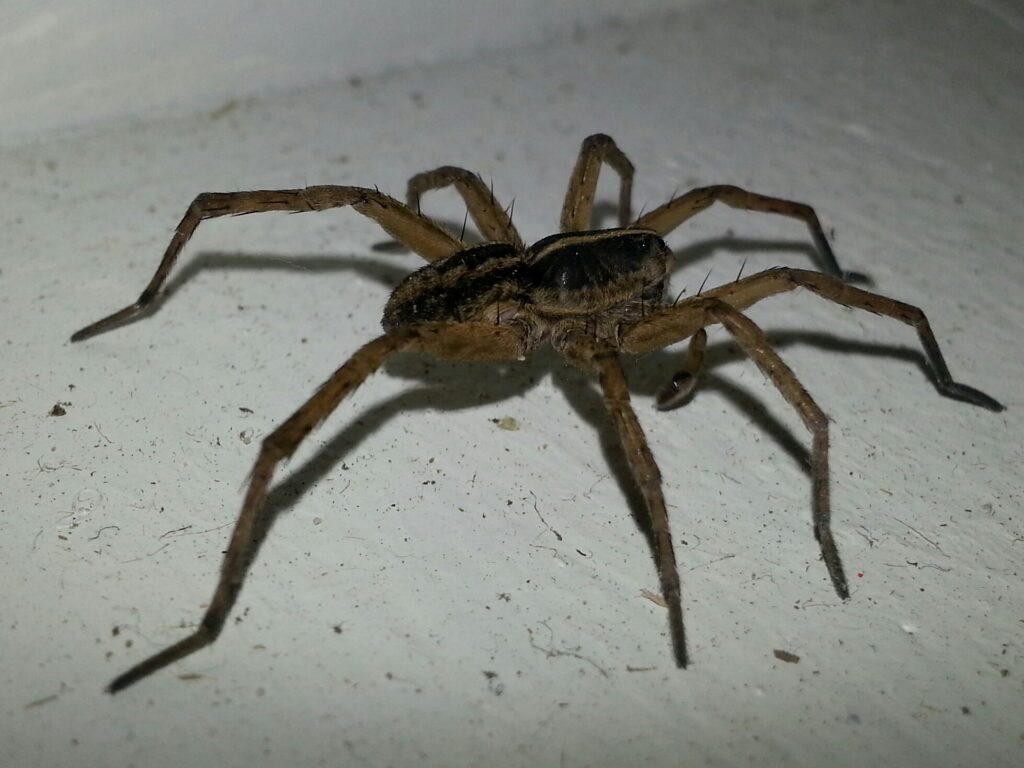 Have you noticed unusual noises in your walls or seen small droppings around your home? These signs may indicate the presence of mice. While they might seem harmless at first glance, these small animals can cause significant damage to your home insulation. In this blog post, we’ll explore the various types of insulation that mice can affect and offer practical advice on how to safeguard your home from these unwelcome guests. By the end, you'll have a clearer understanding of how to protect your insulation and why Truly Nolen is your go-to expert for pest control.
Have you noticed unusual noises in your walls or seen small droppings around your home? These signs may indicate the presence of mice. While they might seem harmless at first glance, these small animals can cause significant damage to your home insulation. In this blog post, we’ll explore the various types of insulation that mice can affect and offer practical advice on how to safeguard your home from these unwelcome guests. By the end, you'll have a clearer understanding of how to protect your insulation and why Truly Nolen is your go-to expert for pest control.
Understanding Different Types of Home Insulation
Home insulation is essential for maintaining a comfortable indoor temperature and improving energy efficiency. However, it can also be a target for small animals seeking shelter and nesting material. Let's take a closer look at the different types of insulation commonly used in homes. Fiberglass insulation is one of the most popular types used in homes. It's made from fine strands of glass and is excellent at trapping air, making it highly effective for thermal insulation. However, its fluffy texture makes it an attractive nesting material for mice. They can burrow into the fibreglass, reducing its insulating properties and creating pathways for cold air to enter your home. Cellulose insulation is composed of recycled paper products treated with fire retardants. It's eco-friendly and provides good thermal performance. Unfortunately, its organic composition makes it appealing to rodents. They can chew through the cellulose to create nests, leading to decreased insulation effectiveness and potential fire hazards if untreated areas are exposed. Spray foam insulation is applied as a liquid that expands into a solid foam, offering excellent sealing properties. It's less susceptible to rodent damage due to its density and hardness. However, if there are gaps or cracks in the foam, mice can still find a way in and create tunnels, compromising its integrity. Mineral wool, also known as rock wool, is made from volcanic rock or industrial waste. It's fire-resistant and has good soundproofing qualities. While it's less appealing to mice compared to other types of insulation, it's not entirely immune. Rodents can still nest in it if they find it accessible.The Damage Mice Can Cause to Insulation
The presence of mice in your home can lead to serious issues with your insulation. Mice have a natural instinct to chew on materials to keep their teeth sharp. This behaviour can result in shredded fibreglass, cellulose, or even small holes in spray foam insulation. The chewed material is then used to build nests, further reducing the effectiveness of your insulation and making your home more susceptible to temperature fluctuations. Mice leave behind urine and droppings, which can contaminate your insulation. This contamination not only reduces the insulation's effectiveness but also poses health risks to your family. The buildup of urine can lead to unpleasant odours and even mould growth, creating an unhealthy living environment. As mice burrow through insulation, they create pathways that can lead to air leaks. These pathways allow cold or hot air to enter your home, making your heating and cooling systems work harder to maintain a comfortable temperature. This increased workload can result in higher energy bills and reduced energy efficiency. The presence of mice can attract other pests, such as insects and larger rodents. These animals may follow the scent trails left by the rodents and further damage your insulation. Additionally, the combined activity of multiple pests can exacerbate the deterioration of your insulation, leading to even more extensive repairs.Signs of Mice in Your Insulation
 Identifying the signs of mice in your insulation early can help you address the problem before it becomes severe. If you hear scratching, gnawing, or scurrying sounds coming from your walls or attic, it's a strong indication that mice may be present. These noises are often more noticeable at night when mice are most active.
Small, dark droppings near insulation, in cabinets, or along baseboards are a clear sign of mice. The droppings are typically about the size of a grain of rice and can accumulate quickly.
If you come across shredded materials, such as paper, fabric, or insulation, arranged into a nest-like structure, it means mice have taken up residence in your home. These nests are often hidden in attics, basements, or wall cavities.
Look for small, gnawed holes in insulation, drywall, or wood. Mice have strong teeth that can chew through various materials, leaving behind visible marks.
A strong, musty odour can indicate a mouse infestation. The smell is caused by urine and droppings and can become more noticeable as the infestation grows. If you have noticed any of these signs of mice in your insulation, don’t hesitate to call Truly Nolen. Don’t wait until it is too late, and the mice have caused extensive damage.
Identifying the signs of mice in your insulation early can help you address the problem before it becomes severe. If you hear scratching, gnawing, or scurrying sounds coming from your walls or attic, it's a strong indication that mice may be present. These noises are often more noticeable at night when mice are most active.
Small, dark droppings near insulation, in cabinets, or along baseboards are a clear sign of mice. The droppings are typically about the size of a grain of rice and can accumulate quickly.
If you come across shredded materials, such as paper, fabric, or insulation, arranged into a nest-like structure, it means mice have taken up residence in your home. These nests are often hidden in attics, basements, or wall cavities.
Look for small, gnawed holes in insulation, drywall, or wood. Mice have strong teeth that can chew through various materials, leaving behind visible marks.
A strong, musty odour can indicate a mouse infestation. The smell is caused by urine and droppings and can become more noticeable as the infestation grows. If you have noticed any of these signs of mice in your insulation, don’t hesitate to call Truly Nolen. Don’t wait until it is too late, and the mice have caused extensive damage.

